It’s no secret that spending more time outdoors presents benefits for our holistic wellbeing. Firstly, it takes us out of the four walls that we call home and plunges us into the warm (or, often cold!) embrace of nature. Not only does it inspire feelings of tranquillity and freedom, but it also provides a rich source of Vitamin D, vital for strong bones and immune health.
But how to get amongst it and reap the rewards most comprehensively from home? Why, via the current trend of Indoor-Outdoor living, of course.
In practice, Indoor-Outdoor living is so much more than a viral architectural concept in modern home design; it’s an approach that promises balance and harmony. And who doesn’t want that?
This design concept aims to merge the interior with the exterior spaces of your home, resulting in a seamless integration of living areas while maximising natural light and ventilation.
In doing so, it incorporates nature into daily living, promoting a healthier lifestyle, and enhancing overall wellbeing. To help you realise this ideal living setup in your own home, here are our top tips on achieving Indoor-Outdoor living in your own home.
Opening Up To The Garden
Perhaps one of the most dramatic ways to merge your indoor and outdoor spaces is by literally, physically removing barriers – that is, by losing a wall. This can be achieved through the installation of floor-to-ceiling glass doors or walls that can be fully opened, creating a seamless transition between the interior and the garden.
Bi-fold or sliding doors are an excellent choice for this, as they can be opened wide to create a large, uninterrupted space. This not only allows for better flow between the indoor and outdoor areas but also lets in plenty of natural light, making the interior feel more spacious and airy.
Be aware that this kind of renovation is a significant undertaking and should be carefully planned. It’s essential to consider factors such as insulation, security, and privacy. Hiring a professional architect or builder is highly recommended to ensure the structural integrity of your home is maintained.
Indeed, Cocif, an Italian leading door and window manufacturer, tell us that sliding patio doors with extra-thin profiles are ideal for an indoor outdoor living space. The reduced dimensions of the doors guarantee maximum visibility of the leaves outside, making them ideal for an Indoor-Outdoor living space. If you need further window or door advice, contact Cocif.
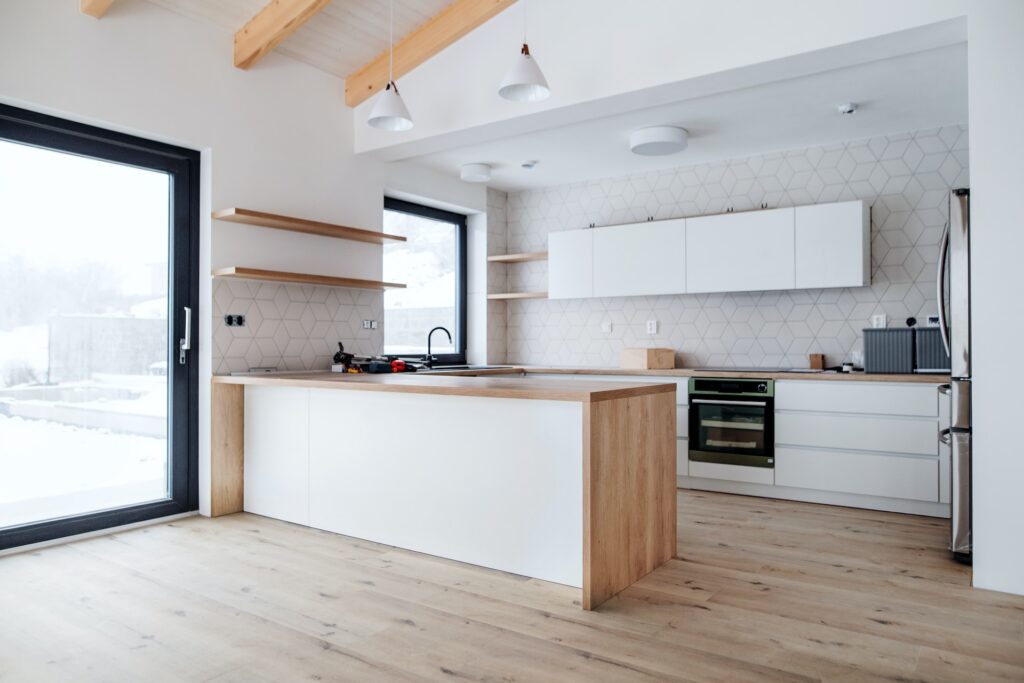
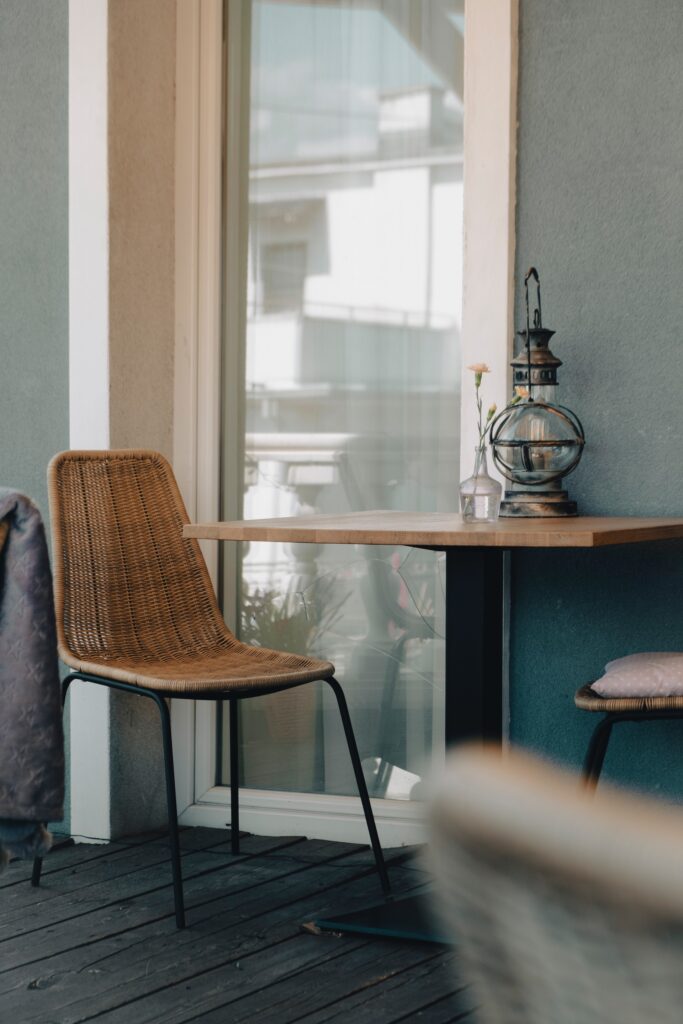
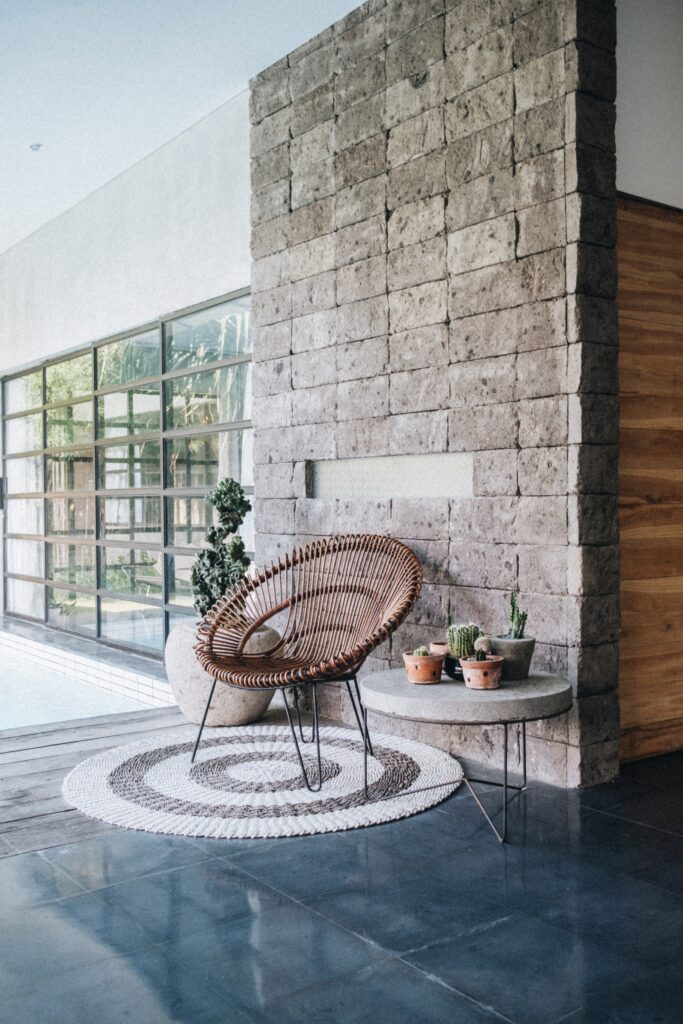
Matching Your Paving Inside & Outside
Another effective way to create a sense of continuity between your indoor and outdoor spaces is by using matching paving materials between the two. This can be achieved by choosing the same or similar flooring for both areas. For instance, if you have stone tiles in your kitchen, extend these to your patio area. If you have wooden flooring indoors, consider using a similar tone of decking outside.
However, it’s important to choose materials that are suitable for both environments. Outdoor flooring should be durable and weather-resistant, while indoor flooring should be comfortable and easy to clean. Porcelain tiles are a popular choice as they are hard-wearing, low maintenance, and available in a wide range of styles.
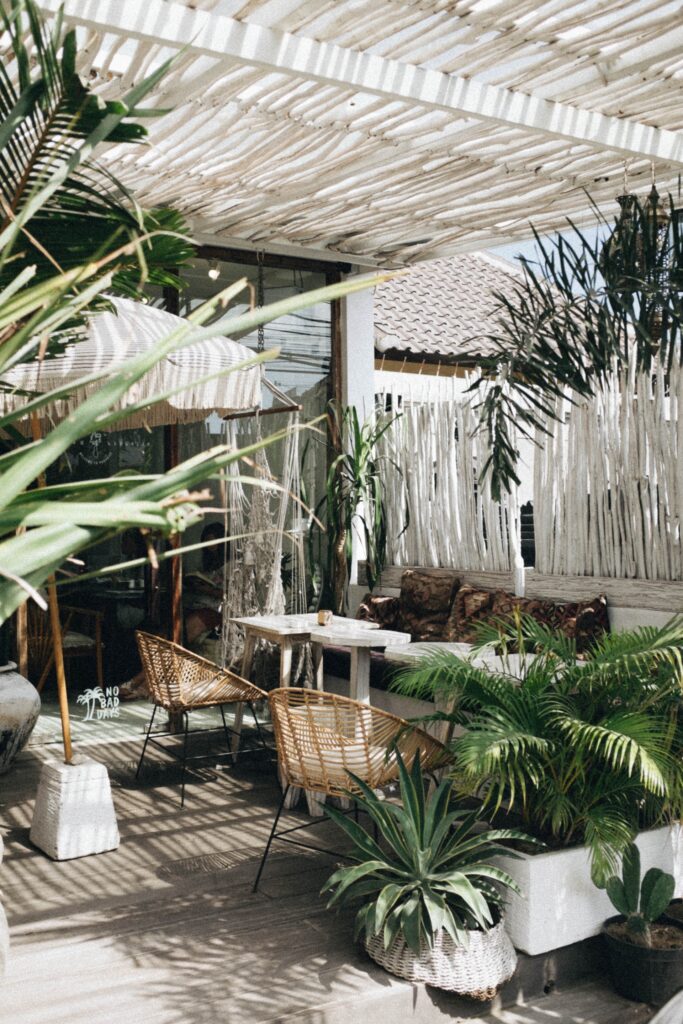
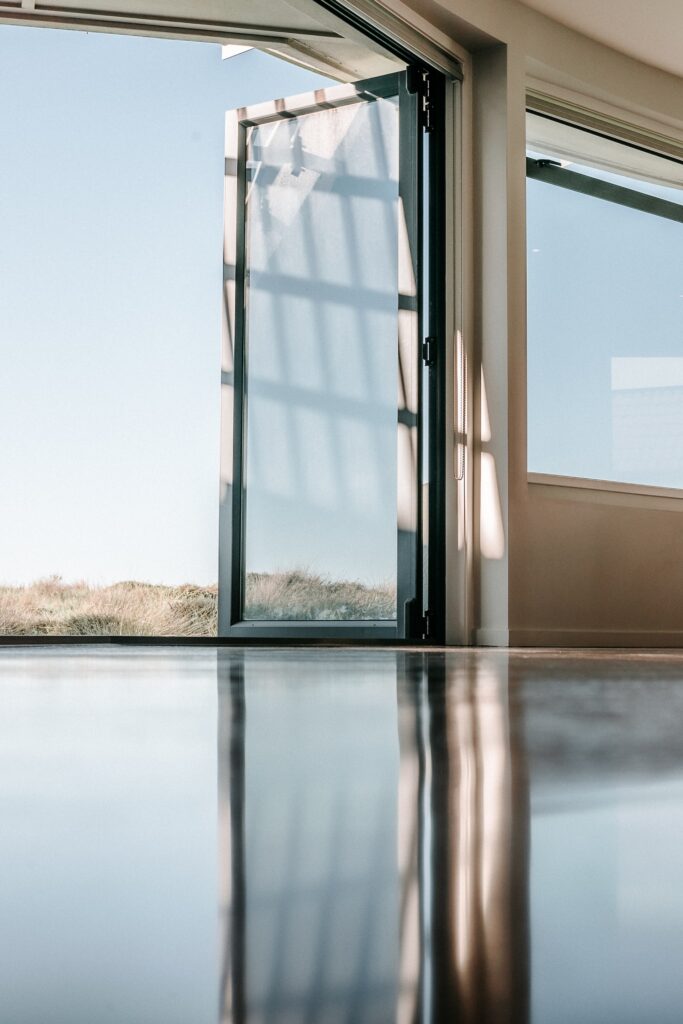
Maintaining A Single Cohesive Style
Another crucial aspect of bringing Indoor-Outdoor living into your home is ensuring there’s a cohesive style throughout. This doesn’t necessarily mean everything has to match perfectly, but there should be a clear visual connection between the two spaces.
Choose a harmonious colour palette that works well in both areas, and repeat key elements to create a sense of cohension. For example, if your interior decor features a lot of natural wood and neutral tones, carry this theme through to your outdoor furniture and accessories.
Incorporate similar fabrics, textures, and patterns both inside and out. Outdoor rugs, cushions, and throws can make your outdoor space feel as cosy and inviting as your living room. Likewise, plants and greenery can bring a touch of the outdoors into your interior space.
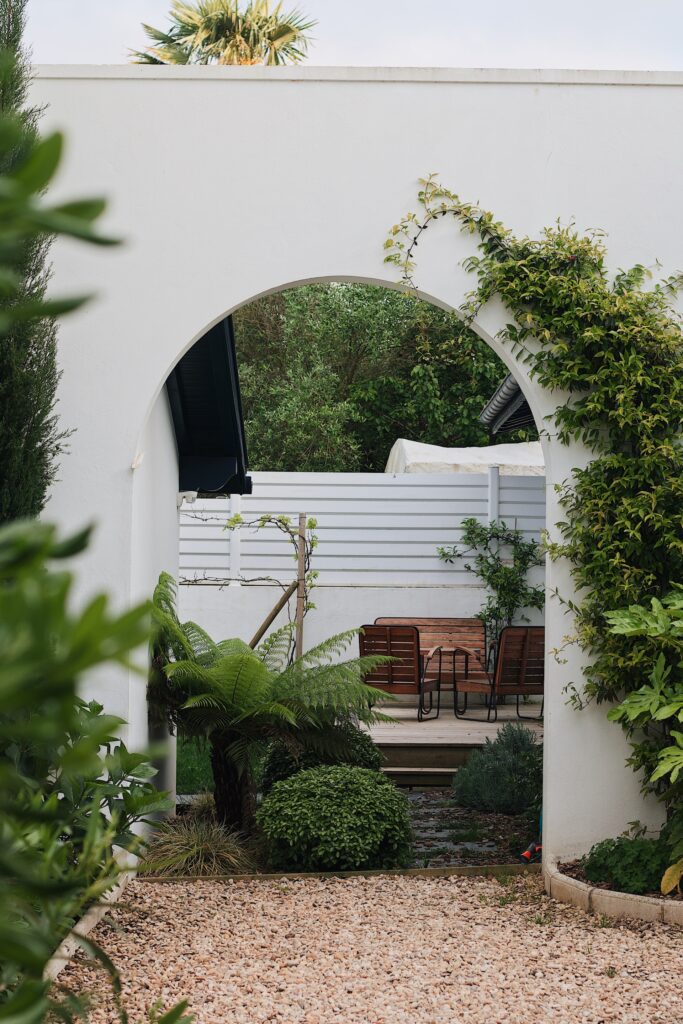
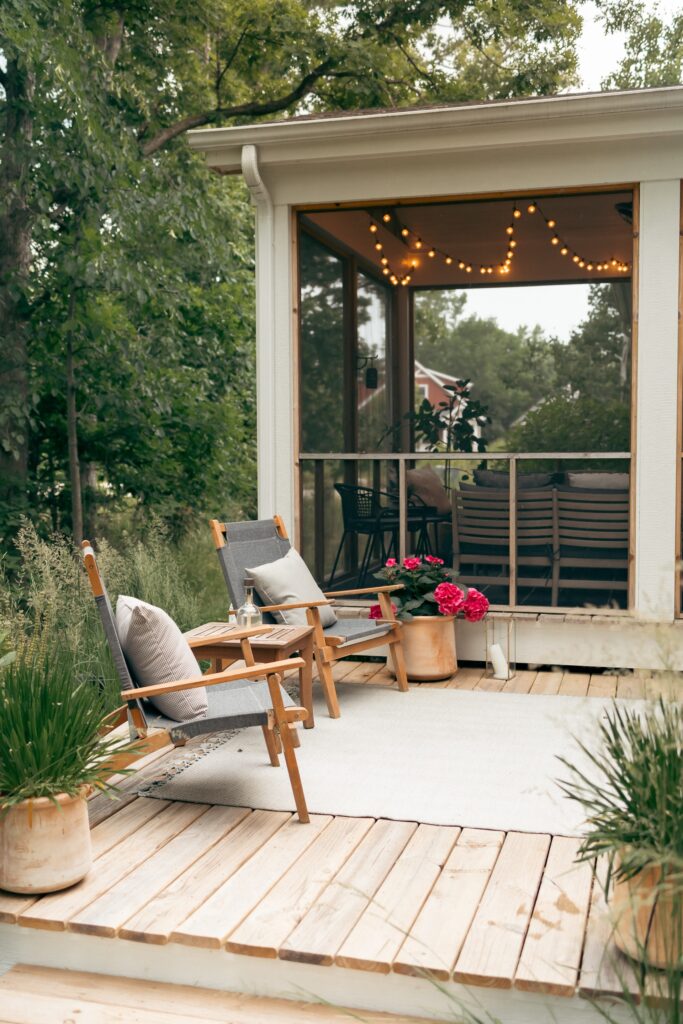
Add An Outdoor Kitchen, Ideally Extending From Your Actual Kitchen
Experiencing domestic meals outdoors is pure pleasure. It infuses a different flavour into your daily routine, allowing you to enjoy your food in a more relaxed environment, free from digital distractions. This even aids digestion and enhances the overall eating experience. Consider, then, adding an outdoor kitchen to your space and shaded, sheltered seating areas so you can enjoy your meals, come sun or rain.
Additionally, outdoor cooking, whether on a grill, wok burner, barbecue or pizza oven, introduces new culinary skills and broadens your repertoire.
We know what you’re thinking; we live in England and you’re not going to make use of an outdoor kitchen in winter when it gets cold. Well, buckle up; countries like Serbia grill all year round, even in sub zero temperatures, and relish doing so.
Indeed, there’s much to enjoy about cooking outdoors in winter. Here at IDEAL, we’re year-round barbecuers and are just as keen to grill in winter as we are in summer. With an outdoor kitchen, we reckon you might be too! A barbecued turkey at Christmas is a revelation…Just sayin’.
Create A Courtyard
Courtyards occupy a strange space in the UK – not quite a patio, some way removed from a front garden, and certainly not a driveway. Just what are they?
Well, a courtyard is typically described as an unroofed area that is completely or partially enclosed by walls or buildings. Here in the UK, these spaces can be ideal for our climate as the walls around your courtyard can provide a barrier to the elements. Moreover, if you used stone or brick to create your courtyard walls, they retain heat well, meaning it can be a warm outdoor spot even if elsewhere is more inclement.
A courtyard can also provide a natural linkage between the indoor and outdoor parts of a home, creating a seamless transition that can enhance your living experience. It can effectively bridge the gap between the two, allowing you to enjoy the best of both worlds.

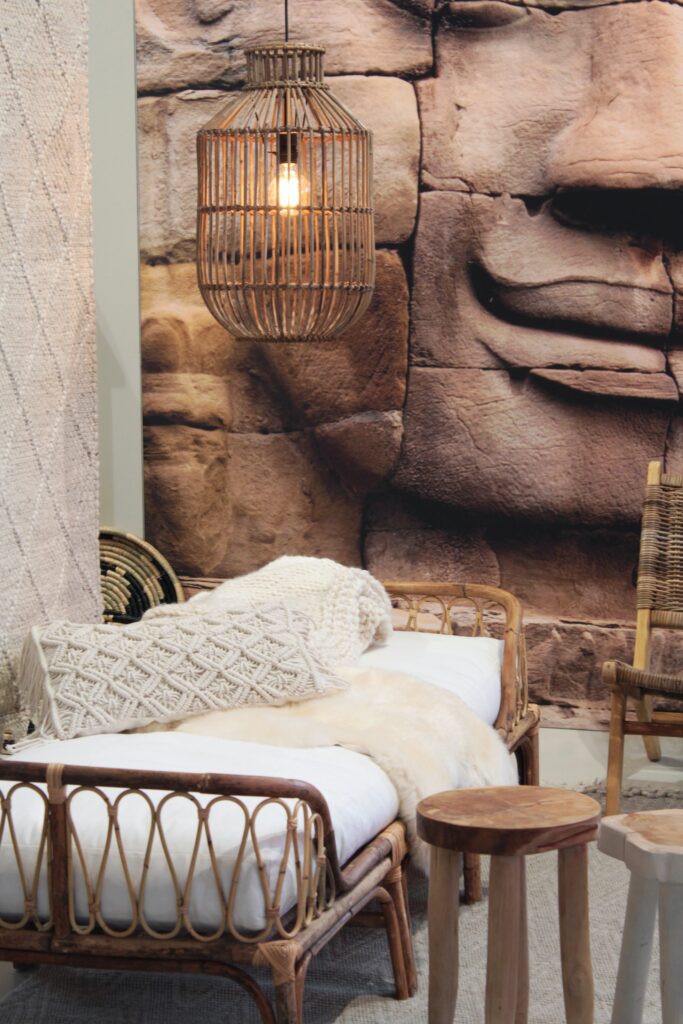
Climate Considerations
Remember to consider the wonderful weather (yes, that was sarcasm) that we get in the UK when planning your indoor-outdoor living space. When the temperature drops, an enclosed sunroom or a heated outdoor seating area can allow you to enjoy the outdoor experience year-round. Come summer, overhangs, pergolas, or shading devices can provide relief from the sun. Simples.
The Bottom Line
Above all, achieving that sense of Indoor-Outdoor living at home requires a thoughtful and personalised approach. Your home should reflect your lifestyle, needs, and preferences. It’s about creating a space where you can relax, rejuvenate, and entertain in harmony with nature.
In a world that is increasingly digital and sometimes disconnected from nature, Indoor-Outdoor living can serve as a daily reminder of our inherent connection to the natural world. It is an investment not just in your home, but also in your health and wellbeing. So, unfold those glass doors, let the outdoors in, and let your home breathe life into your everyday living.
.





